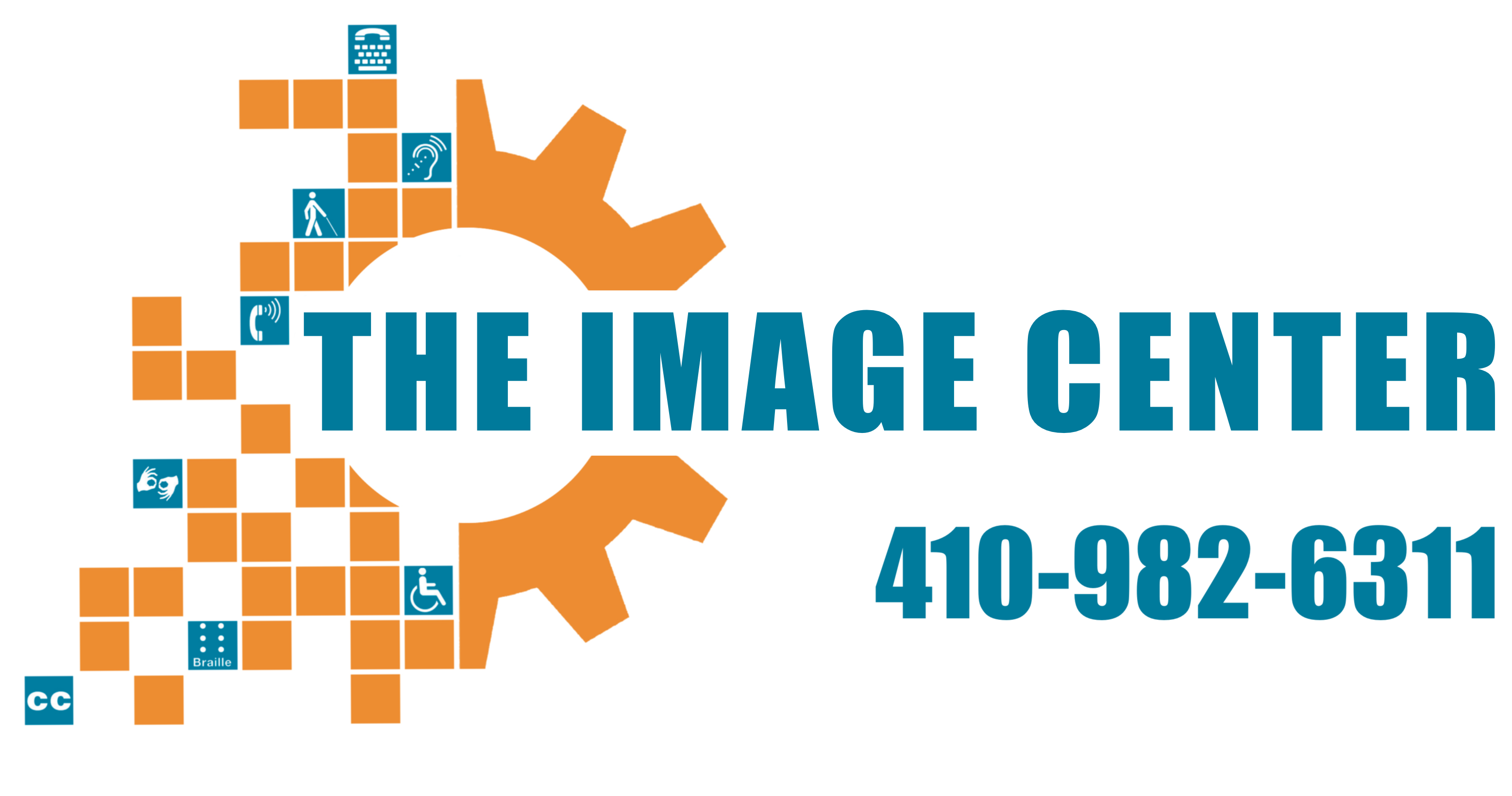Omnipotent October Omnipotent is one of our favorite “O” words, and it helps us to celebrate the month of October with alliteration. Omnipotent means “all-powerful,” and we recognize that none of us can (or even want to be) all-powerful. Nevertheless, we all could use a bit more power at times. October brings us many blindness-related […]
Category: Advocacy Resources
Omnipotent October Omnipotent is one of our favorite “O” words, and it helps us to celebrate the month of October with alliteration. Omnipotent means “all-powerful,” and we recognize that none of us can (or even want to be) all-powerful. Nevertheless, we all could use a bit more power at times. October brings us many blindness-related […]
Omnipotent October Omnipotent is one of our favorite “O” words, and it helps us to celebrate the month of October with alliteration. Omnipotent means “all-powerful,” and we recognize that none of us can (or even want to be) all-powerful. Nevertheless, we all could use a bit more power at times. October brings us many blindness-related […]
September Solutions School has begun throughout the state of Maryland, and we at the Bridges Technical Assistance Center and Helpdesk explore solutions to help prepare for two environments we cannot control: Medical care and Microsoft’s new operating system, Windows 11. This week, we focus on tools for advocating for accessibility in healthcare. “Do You Have […]
Jet Setting July This month, we explore multiple means of travel and our rights when out in our communities. From walking with canes and dogs to traveling in automobiles, planes, trains, buses, and more, please join us as we get ready to jet-set this July. Rideshares (Uber, Lyft, etc.) and traditional taxicab companies provide easy […]
